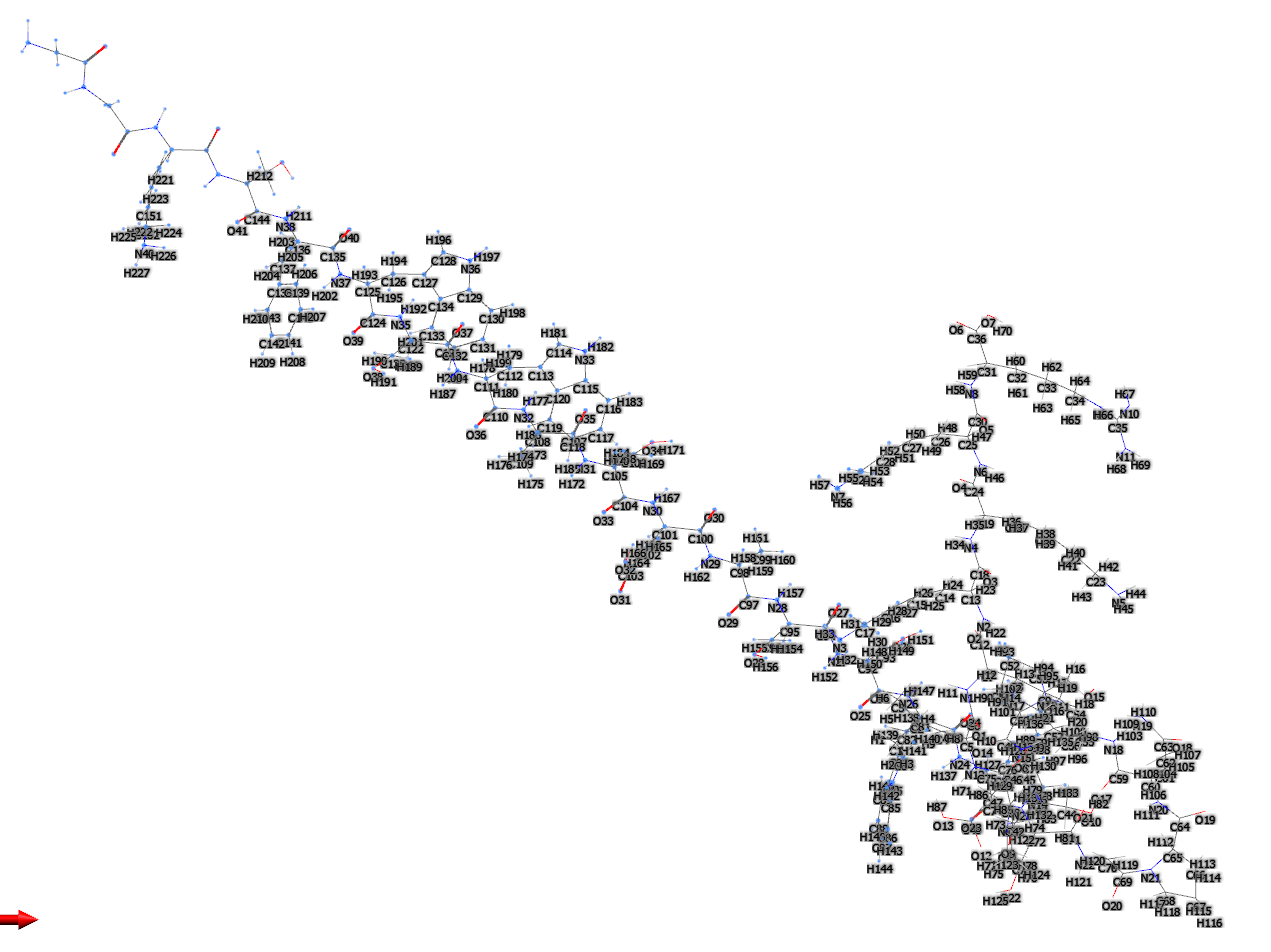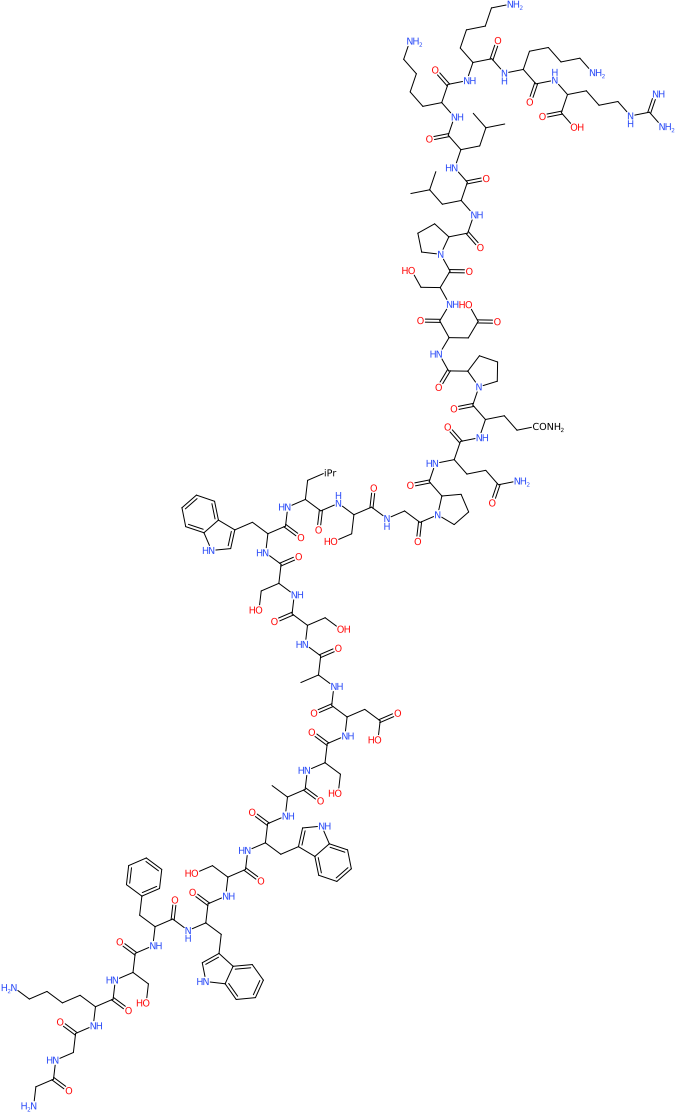Leuconostoc/Radish Root Ferment Filtrate is a product of natural origin. Leuconostoc is a microorganism obtained by fermentation of the radish race (Raphanus Sativus) belonging to the Brassicaceae family.

It appears in liquid form for water-in-oil or oil-in-water emulsions.
What it is used for and where
Mixture of fermentation products and potential source of peptides with antimicrobial activity.
Cosmetics
Leuconostoc/Radish Root Ferment Filtrate has been patented in the USA in the field of topical compositions and methods for treating and improving keratinous surfaces. Radish root, when fermented by the gram-positive lactic acid bacteria Leuconostoc or Lactobacillus spp., which are considered lactic acid bacteria as they produce lactic acid by consuming carbohydrates, is believed to exhibit preservative activity, and the patent considers this compound to also possess antioxidant, anti-inflammatory and anti-acnegenic activity. The cosmetic compositions may be in the form of an aqueous or anhydrous gel, serum or solution. The compositions of the invention include skin cream and lotion,, mascara, blush, eye shadow, eyeliner, , skin treatment serum, foundation make-up, lipstick, lip gloss and the like. Functions include acting as a conditioning agent for hair and skin.
It is considered effective against Pseudomonas aeruginosa, Escherichia coli, Candida albicans, Staphylococcus aeruginosa, Aspergillus brasiliensis.
Studies
Leuconostoc/Radish Root Ferment Filtrate was tested on a popular Korean dish, kimchi, by researchers at the Department of Chemistry, Michigan, USA to establish its antimicrobial activity, the presence of antimicrobial peptides and the fermentation process. I report the conclusions of the study:
In summary, the antimicrobial activity of commercial Leuconostoc/radish root ferment filtrates (LRRFF) are attributed to salicylic acid and didecyldimethylammonium salts. Moreover, these two compounds are too deficient in 14C to be the product of recent fermentation, suggesting that they are derived from petroleum feedstock. We were unable to detect antimicrobial peptides in any sample of fermented radish root filtrate (1).
Typical commercial product characteristics Leuconostoc/Radish Root Ferment Filtrate
| Appearance | Liquid |
| pH | 4.0 – 6.0 |
Water
| 48.80% |
| Protein | 30.60% |
Salicylic acid
| 20.10% |
Polysaccharide
| 0.50% |
Heavy metals
| <20 ppm |
| Cadmium | <1 ppm |
| Arsenic | <2 ppm |
| Lead | <10 ppm |


Molecular Formula C156H235N43O45
Molecular Weight 3432.8
CAS 1686112-10-6
UNII D2qha03458
EC Number
IUPAC (2S)-2-[[(2S)-6-amino-2-[[(2S)-6-amino-2-[[(2S)-6-amino-2-[[(2S)-2-[[(2S)-2-[[(2S)-1-[(2S)-2-[[(2S)-2-[[(2S)-1-[(2S)-5-amino-2-[[(2S)-5-amino-2-[[(2S)-1-[2-[[(2S)-2-[[(2S)-2-[[(2S)-2-[[(2S)-2-[[(2S)-2-[[(2S)-2-[[(2S)-2-[[(2S)-2-[[(2S)-2-[[(2S)-2-[[(2S)-2-[[(2S)-2-[[(2S)-2-[[(2S)-2-[[(2S)-6-amino-2-[[2-[(2-aminoacetyl)amino]acetyl]amino]hexanoyl]amino]-3-hydroxypropanoyl]amino]-3-phenylpropanoyl]amino]-3-(1H-indol-3-yl)propanoyl]amino]-3-hydroxypropanoyl]amino]-3-(1H-indol-3-yl)propanoyl]amino]propanoyl]amino]-3-hydroxypropanoyl]amino]-3-carboxypropanoyl]amino]propanoyl]amino]-3-hydroxypropanoyl]amino]-3-hydroxypropanoyl]amino]-3-(1H-indol-3-yl)propanoyl]amino]-4-methylpentanoyl]amino]-3-hydroxypropanoyl]amino]acetyl]pyrrolidine-2-carbonyl]amino]-5-oxopentanoyl]amino]-5-oxopentanoyl]pyrrolidine-2-carbonyl]amino]-3-carboxypropanoyl]amino]-3-hydroxypropanoyl]pyrrolidine-2-carbonyl]amino]-4-methylpentanoyl]amino]-4-methylpentanoyl]amino]hexanoyl]amino]hexanoyl]amino]hexanoyl]amino]-5-carbamimidamidopentanoic acid
InChl=1S/C156H235N43O45/c1-80(2)58-102(138(226)177-97(40-20-24-52-159)133(221)175-96(39-19-23-51-158)132(220)176-98(41-21-25-53-160)134(222)180-101(155(243)244)42-26-54-166-156(164)165)181-139(227)104(60-82(5)6)188-151(239)120-45-29-57-199(120)154(242)117(79-206)196-144(232)110(66-127(214)215)189-152(240)119-44-28-56-198(119)153(241)100(47-49-122(163)208)179-135(223)99(46-48-121(162)207)178-150(238)118-43-27-55-197(118)125(211)72-171-130(218)111(73-200)192-140(228)103(59-81(3)4)182-142(230)107(63-87-69-168-93-36-16-13-33-90(87)93)186-148(236)116(78-205)195-149(237)113(75-202)191-129(217)84(8)173-137(225)109(65-126(212)213)187-145(233)112(74-201)190-128(216)83(7)172-136(224)106(62-86-68-167-92-35-15-12-32-89(86)92)185-147(235)115(77-204)194-143(231)108(64-88-70-169-94-37-17-14-34-91(88)94)184-141(229)105(61-85-30-10-9-11-31-85)183-146(234)114(76-203)193-131(219)95(38-18-22-50-157)174-124(210)71-170-123(209)67-161/h9-17,30-37,68-70,80-84,95-120,167-169,200-206H,18-29,38-67,71-79,157-161H2,1-8H3,(H2,162,207)(H2,163,208)(H,170,209)(H,171,218)(H,172,224)(H,173,225)(H,174,210)(H,175,221)(H,176,220)(H,177,226)(H,178,238)(H,179,223)(H,180,222)(H,181,227)(H,182,230)(H,183,234)(H,184,229)(H,185,235)(H,186,236)(H,187,233)(H,188,239)(H,189,240)(H,190,216)(H,191,217)(H,192,228)(H,193,219)(H,194,231)(H,195,237)(H,196,232)(H,212,213)(H,214,215)(H,243,244)(H4,164,165,166)/t83-,84-,95-,96-,97-,98-,99-,100-,101-,102-,103-,104-,105-,106-,107-,108-,109-,110-,111-,112-,113-,114-,115-,116-,117-,118-,119-,120-/m0/s1
InChl Key FTFDCCCQDYJQKQ-SXIZYBDJSA-N
SMILES CC(C)CC(C(=O)NC(CC(C)C)C(=O)NC(CCCCN)C(=O)NC(CCCCN)C(=O)NC(CCCCN)C(=O)NC(CCCNC(=N)N)C(=O)O)NC(=O)C1CCCN1C(=O)C(CO)NC(=O)C(CC(=O)O)NC(=O)C2CCCN2C(=O)C(CCC(=O)N)NC(=O)C(CCC(=O)N)NC(=O)C3CCCN3C(=O)CNC(=O)C(CO)NC(=O)C(CC(C)C)NC(=O)C(CC4=CNC5=CC=CC=C54)NC(=O)C(CO)NC(=O)C(CO)NC(=O)C(C)NC(=O)C(CC(=O)O)NC(=O)C(CO)NC(=O)C(C)NC(=O)C(CC6=CNC7=CC=CC=C76)NC(=O)C(CO)NC(=O)C(CC8=CNC9=CC=CC=C98)NC(=O)C(CC1=CC=CC=C1)NC(=O)C(CO)NC(=O)C(CCCCN)NC(=O)CNC(=O)CN
References______________________________________________________________________
(1) Li J, Chaytor JL, Findlay B, McMullen LM, Smith DC, Vederas JC. Identification of didecyldimethylammonium salts and salicylic acid as antimicrobial compounds in commercial fermented radish kimchi. J Agric Food Chem. 2015 Mar 25;63(11):3053-8. doi: 10.1021/jf5063588.
Abstract. Daikon radish (Raphanus sativus) fermented with lactic acid bacteria, especially Leuconostoc or Lactobacillus spp., can be used to make kimchi, a traditional Korean fermented vegetable. Commercial Leuconostoc/radish root ferment filtrates are claimed to have broad spectrum antimicrobial activity. Leuconostoc kimchii fermentation products are patented as preservatives for cosmetics, and certain strains of this organism are reported to produce antimicrobial peptides (bacteriocins). We examined the antimicrobial agents in commercial Leuconostoc/radish root ferment filtrates. Both activity-guided fractionation with Amberlite XAD-16 and direct extraction with ethyl acetate gave salicylic acid as the primary agent with activity against Gram-negative bacteria. Further analysis of the ethyl acetate extract revealed that a didecyldimethylammonium salt was responsible for the Gram-positive activity. The structures of these compounds were confirmed by a combination of (1)H- and (13)C NMR, high-performance liquid chromatography, high-resolution mass spectrometry, and tandem mass spectrometry analyses. Radiocarbon dating indicates that neither compound is a fermentation product. No antimicrobial peptides were detected.
![]() Leuconostoc/Radish Root Ferment Filtrate
Leuconostoc/Radish Root Ferment Filtrate 




